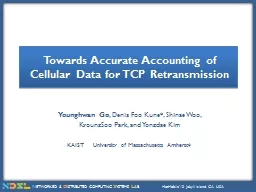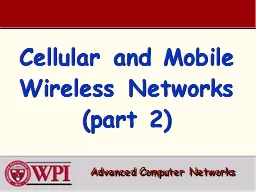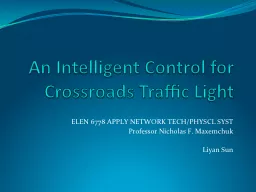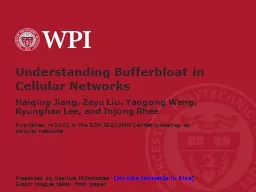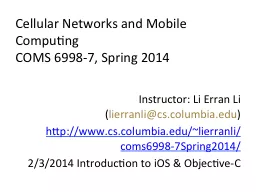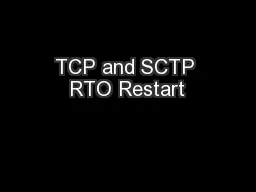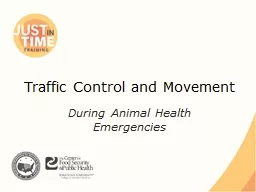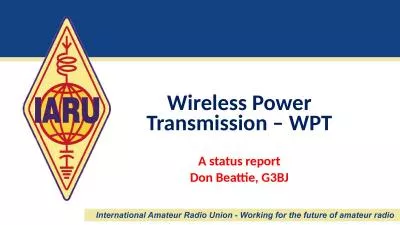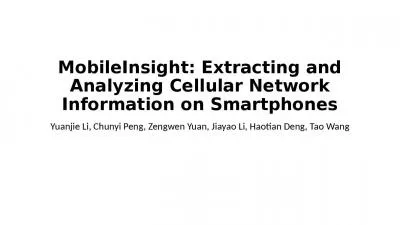PPT-Gaining Control of Cellular Traffic Accounting by Spurious
Author : lois-ondreau | Published Date : 2016-07-04
Younghwan Go Jongil Won Denis Foo Kune EunYoung Jeong Yongdae Kim KyoungSoo Park KAIST University of Michigan Mobile Devices as PostPCs S martphones amp
Presentation Embed Code
Download Presentation
Download Presentation The PPT/PDF document "Gaining Control of Cellular Traffic Acco..." is the property of its rightful owner. Permission is granted to download and print the materials on this website for personal, non-commercial use only, and to display it on your personal computer provided you do not modify the materials and that you retain all copyright notices contained in the materials. By downloading content from our website, you accept the terms of this agreement.
Gaining Control of Cellular Traffic Accounting by Spurious: Transcript
Download Rules Of Document
"Gaining Control of Cellular Traffic Accounting by Spurious"The content belongs to its owner. You may download and print it for personal use, without modification, and keep all copyright notices. By downloading, you agree to these terms.
Related Documents

